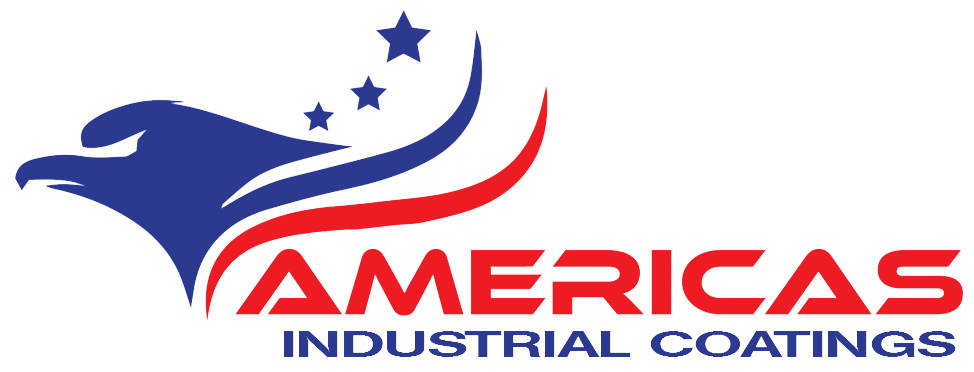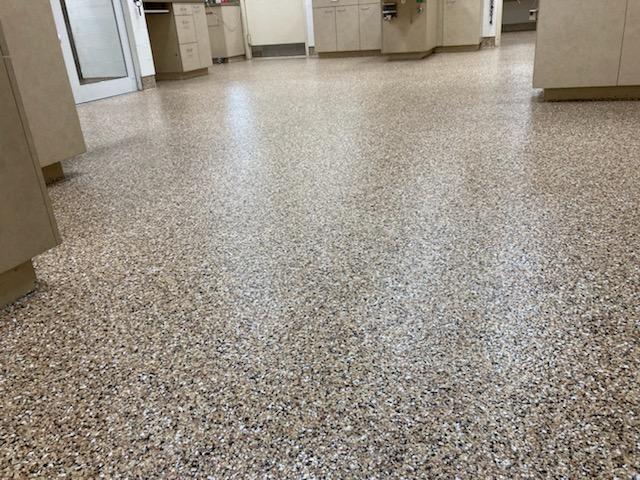Epoxy flooring has become increasingly popular over the years. It is a durable flooring option that is low maintenance and easy to clean. Epoxy floors are scratch-resistant, waterproof, and resistant to UV rays, making them ideal for both residential and commercial applications. In this article, we will discuss the benefits of epoxy flooring, types of epoxy flooring, installation process for epoxy flooring, cost of installing epoxy flooring, maintenance tips for epoxy floors, common problems with epoxy floors, advantages of using an experienced professional for installation, and a conclusion.
Benefits of Epoxy Flooring
One of the main benefits of epoxy flooring is its durability. Epoxy floors are highly resistant to wear and tear, as well as scratches and other forms of damage. Epoxy flooring is also resistant to ultraviolet (UV) rays, meaning that it will not fade over time. In addition to its durability, epoxy flooring is also low-maintenance. It is simple to clean and does not require frequent waxing or buffing to retain its appearance.
Epoxy flooring is also attractive. Epoxy can be applied in a variety of colors and patterns, allowing homeowners and business owners to customize the look of their floors. The reflective sheen of epoxy floors can make small spaces appear larger, and can help to enhance the overall atmosphere of a room.
Epoxy flooring is also a great choice for areas that are prone to moisture. Epoxy is highly resistant to water, making it an ideal choice for bathrooms, kitchens, and other areas that may be exposed to moisture. Epoxy floors are also slip-resistant, making them a great choice for areas that may be prone to spills or other accidents.
Types of Epoxy Flooring
Epoxy flooring comes in a few different options. The most common type is a two-part epoxy, which consists of resin and hardener that must be mixed together prior to application. The two-part epoxy is the most durable type of epoxy flooring, making it ideal for high-traffic areas.
Another type of epoxy flooring is a one-part epoxy, which does not require mixing prior to application. This type of epoxy is not as durable as two-part epoxy, but it is still very resistant to wear and tear. It is also much easier to apply than two-part epoxy, making it a popular choice for DIY projects.
Finally, there is ready-to-use epoxy paint. This type of epoxy is pre-mixed and ready to apply without any mixing. It typically comes in aerosol cans, making it easy to apply in small areas or on vertical surfaces. This type of epoxy is not as durable as two-part epoxy, but it is still protective and more durable than regular paint.
Epoxy flooring is a great choice for any home or business. It is easy to install, durable, and comes in a variety of colors and finishes. It is also resistant to water, oil, and other liquids, making it a great choice for areas that are prone to spills. With proper maintenance, epoxy flooring can last for many years.
Installation Process for Epoxy Flooring
The installation process for epoxy flooring can vary depending on the type of epoxy being used and the size of the area being covered. For two-part epoxy, the mixture must first be carefully mixed together prior to application. The mixture should then be applied to the desired area in thin coats using a paint roller or brush until the desired thickness is achieved. Once applied, it should be allowed to dry for 24-48 hours prior to use.
For one-part epoxy or ready-to-use epoxy paint, application is much simpler and does not require any mixing. The product should be applied evenly across the desired area using a paint roller or brush until the desired thickness is achieved. Once applied, it should be allowed to dry for 12-24 hours prior to use.
It is important to note that the epoxy should be applied in a well-ventilated area and that protective gear such as gloves and a face mask should be worn during the application process. Additionally, the epoxy should be applied in temperatures between 50-90 degrees Fahrenheit for optimal results.
Cost of Installing Epoxy Flooring
The cost of installing epoxy flooring will vary depending on several factors, including the type of epoxy used, size of the area covered, and complexity of installation. Generally speaking, two-part epoxy is more expensive than one-part or ready-to-use epoxy paint due to its increased durability and complexity of installation.
For most residential projects, the cost of materials alone (including both labor and materials) will likely range between $2-$6 per square foot. Custom designs or complex installations may cost more than this range. It is always best to get an estimate from an experienced professional prior to starting your project.
Maintenance Tips for Epoxy Floors
Maintaining your epoxy flooring is relatively easy and requires only minimal effort. Regular sweeping with a dust mop or vacuum can help keep dirt and debris from building up on the surface. In addition, a damp mop can be used to remove spills or stains from the surface. However, it is important to avoid using abrasive cleaning agents or scrubbing pads on your epoxy floor as these may scratch or damage its surface.
Common Problems with Epoxy Floors
One common problem with epoxy floors is that they can become slippery when wet. This can be a safety hazard in areas where there is high foot traffic, such as kitchens or bathrooms. To reduce the risk of slipping on an epoxy floor, it is important to use non-slip mats or rugs in high traffic areas.
Another common issue with epoxy floors is discoloration or fading due to UV exposure over time. To reduce fading or discoloration, it is best to keep windows covered or use UV film on them to block out direct sunlight.
Advantages of Using an Experienced Professional for Installation
Hiring an experienced professional for your project may be more costly upfront, but can save you time and money in the long run. Professionals know how to properly mix and apply the epoxy so that it will have a long life span and won’t need frequent repairs or maintenance. They also have access to specialized tools that can make the installation process much easier and faster than if done by a novice.
Conclusion
Epoxy flooring is a durable and attractive flooring option that requires minimal maintenance. It comes in several options including two-part epoxy, one-part epoxy, and ready-to-use paint. Installation costs can vary depending on the size of the area being covered and the complexity of installation. It is important to follow maintenance tips such as regular sweeping and damp mopping in order to keep your epoxy floors looking their best. Finally, hiring an experienced professional can help ensure that your project is done correctly and efficiently.


